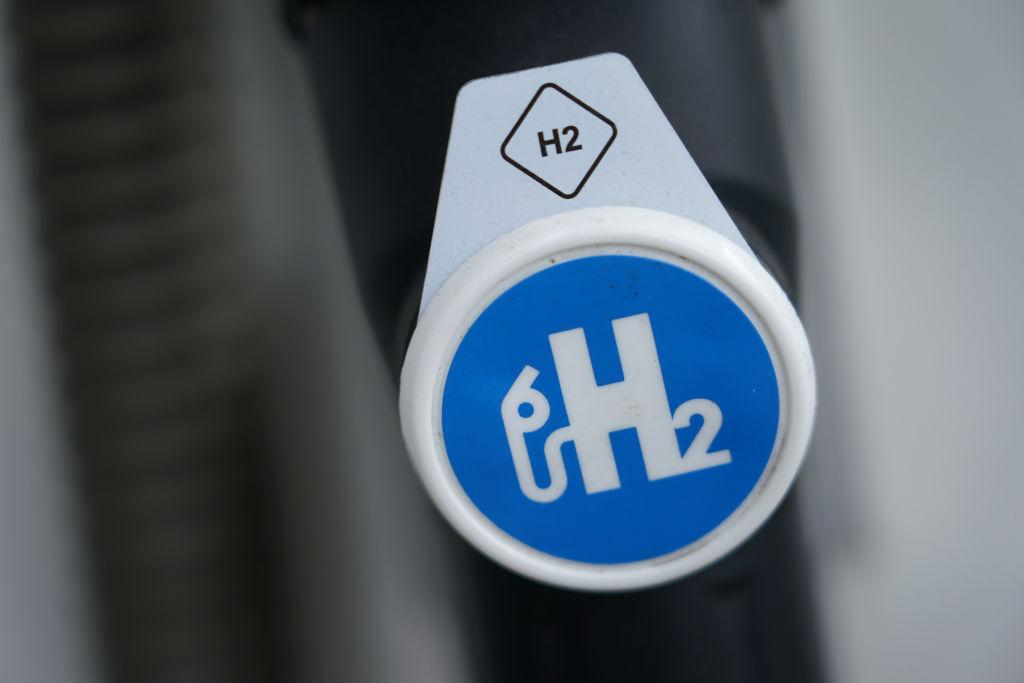A nationwide network of hydrogen energy hubs has been set up in all states and territories to develop Australia as a global competitor in the emerging renewable energy industry.
National Energy Resources Australia (NERA) announced in a press release on Monday that the project will develop 13 regional hydrogen clusters made up small and medium-sized businesses.





